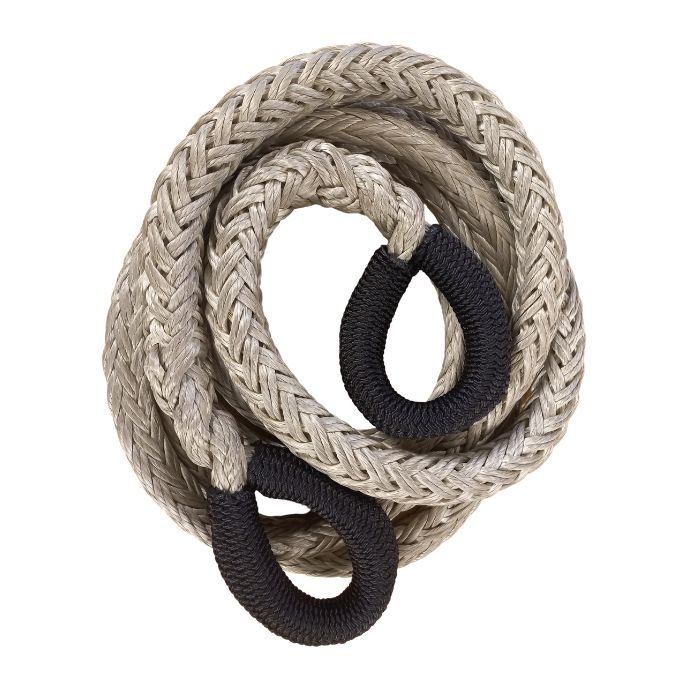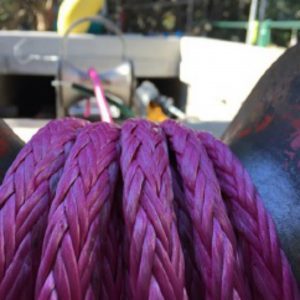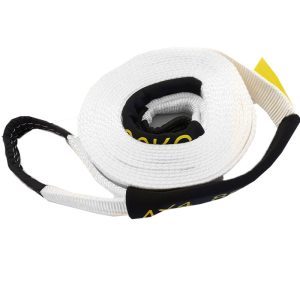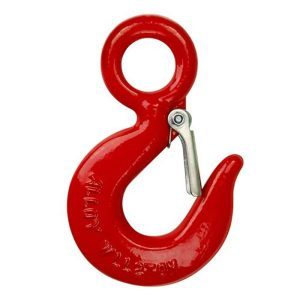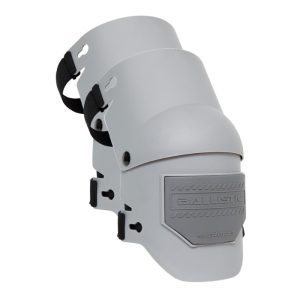Description
| Minimum breaking Load (t) |
Standard Length (m) |
Rope Dia (mm) |
| 15.3 |
6 |
12 |
| 31.2 |
6 |
18 |
| 40 |
6 |
20 |
| 55 |
6 |
24 |
1. Shock Loads
Shock loading must be avoided at all times.
Any sudden load that exceeds the Safe Working Load (SWL) of the line by more than 10% is considered a shock load. When a line is shock-loaded, it retains a “memory” of the overload, which can lead to failure later—even under loads within the original tensile rating.
2. Elongation & Backlash
- If the line fails, the break typically happens in a sequential manner, reducing the energy release and minimizing backlash risk.
- Important: Despite this, always avoid standing in direct line with any rope under load.
3. Storage Guidelines
To maximize rope life:
- Keep lines clean and dry.
- Store away from heat sources, chemical contaminants, and direct sunlight.
- Never store ropes directly on concrete or dirt floors.
4. Temperature & Friction
- Synthetic fibers can degrade due to heat from friction or environmental exposure.
- Glazed or melted fibers are signs of heat damage, often caused by:
- Non-rotating sheaves.
- Rope-on-rope contact.
- Overloading.
- External heat exposure.
- Always select the right fiber type and rope construction for the application.
6. Inspection & Retirement
Inspection:
- Inspect after every use.
- Run your hands along the line or grommet to check for:
- Foreign matter.
- Broken or cut strands.
- Abrasion or glazing.
- Inconsistent diameters.
Visual Indicators:
- New rope has a smooth, coated surface.
- Used rope often “feathers” as surface filaments break. This is normal and forms a protective layer.
- If the rope has lost 20% of its fiber volume, assume a 20% tensile strength loss.
- Replace the rope at 25% volume loss from abrasion.
Internal Inspection:
- Separate strands to check for:
- Powdered fibers.
- Broken filaments.

